Balcony birdwatching offers apartment dwellers a unique connection to nature without leaving home. Even in urban environments, creating a welcoming space for feathered visitors can transform a modest balcony into a vibrant ecosystem. Birds provide natural pest control, pollination services, and the simple joy of observing wildlife in your personal space. With thoughtful planning and simple additions, your apartment balcony can become a sanctuary for local and migratory birds, bringing color, song, and life to your urban dwelling. This guide will walk you through practical steps to create a bird-friendly balcony that respects both avian needs and apartment living constraints.
Understanding Your Local Bird Population
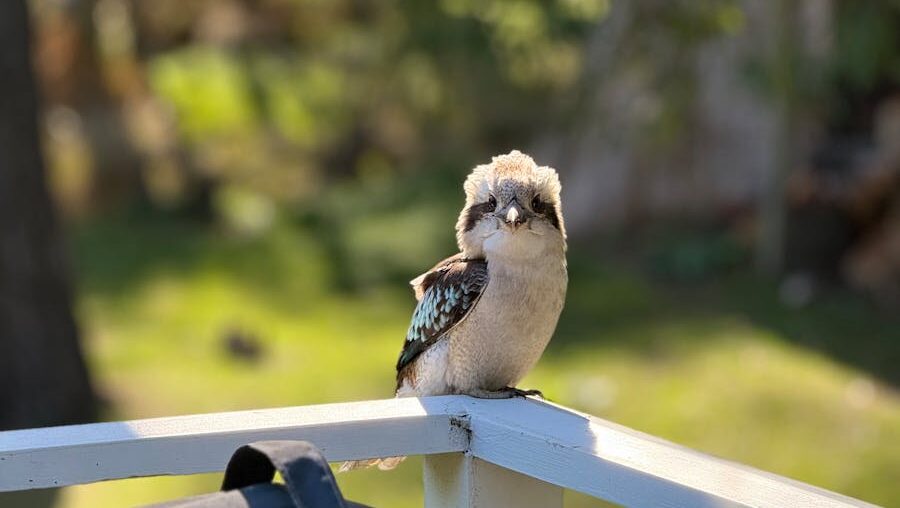
Before purchasing any supplies or making changes to your balcony, research the bird species common to your area and their specific needs. Different regions host various native and migratory birds, each with unique feeding, nesting, and habitat preferences. Download a bird identification app or consult local birding groups to learn which species frequent your neighborhood throughout the seasons. Understanding migration patterns will help you anticipate when certain species might visit your balcony, allowing you to prepare appropriate food sources and shelter options. This knowledge forms the foundation of a truly effective bird-friendly space tailored to support the specific avian visitors in your location.
Choosing the Right Bird Feeders
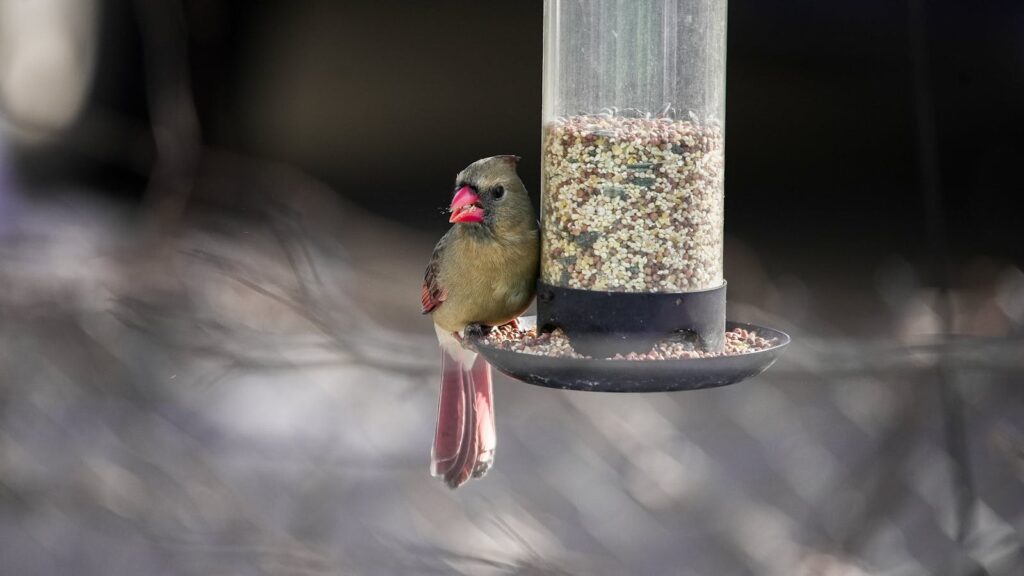
Select feeders that match both your balcony constraints and the feeding habits of local birds. Tube feeders work well for smaller seed-eating birds, while platform feeders accommodate larger species or those that prefer to perch while eating. Hummingbird feeders require special nectar solutions and regular cleaning to prevent harmful mold growth. Consider mounting options that don’t damage rental property, such as clamp-on feeders that attach to railings or shepherd’s hooks designed for balcony spaces. For apartment living, choose feeders with built-in seed-catching trays or invest in seed catchers to minimize mess on your balcony and the spaces below. Always position feeders where you can easily access them for regular cleaning and refilling.
Selecting Bird-Friendly Foods
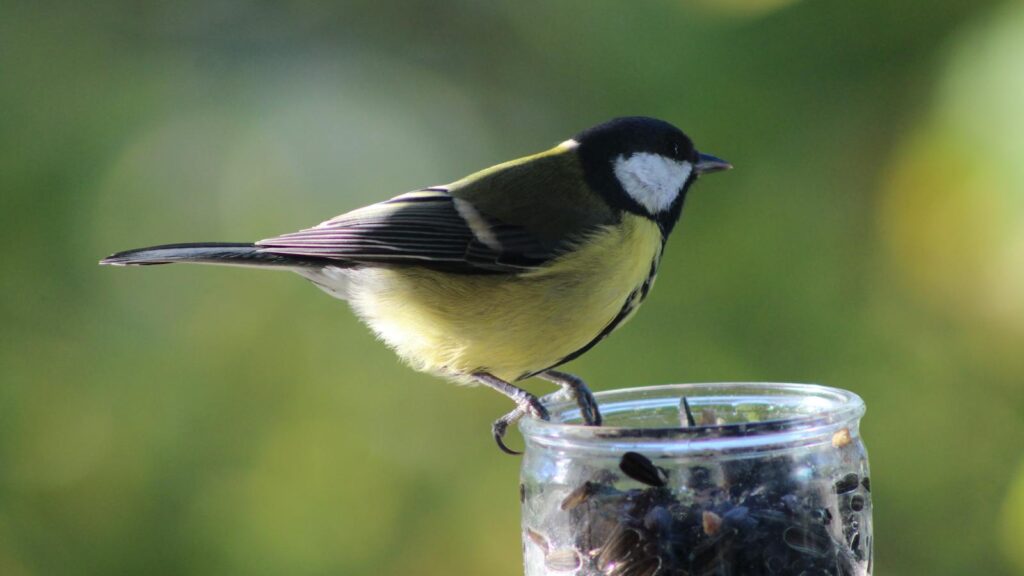
Provide high-quality, appropriate food sources that support birds’ nutritional needs while avoiding potentially harmful options. Black-oil sunflower seeds offer excellent nutrition for many species and attract a wide variety of birds to your balcony. Nyjer (thistle) seeds attract finches and other small birds, while suet cakes provide essential fats for woodpeckers, chickadees, and nuthatches, especially during colder months. Fresh fruits like orange halves or apple slices can attract orioles, tanagers, and other fruit-loving species during their migration periods. Avoid using bread, which provides little nutritional value and can cause health problems for birds, and steer clear of cheap seed mixes containing mostly filler grains like milo that many birds will discard.
Providing Fresh Water Sources
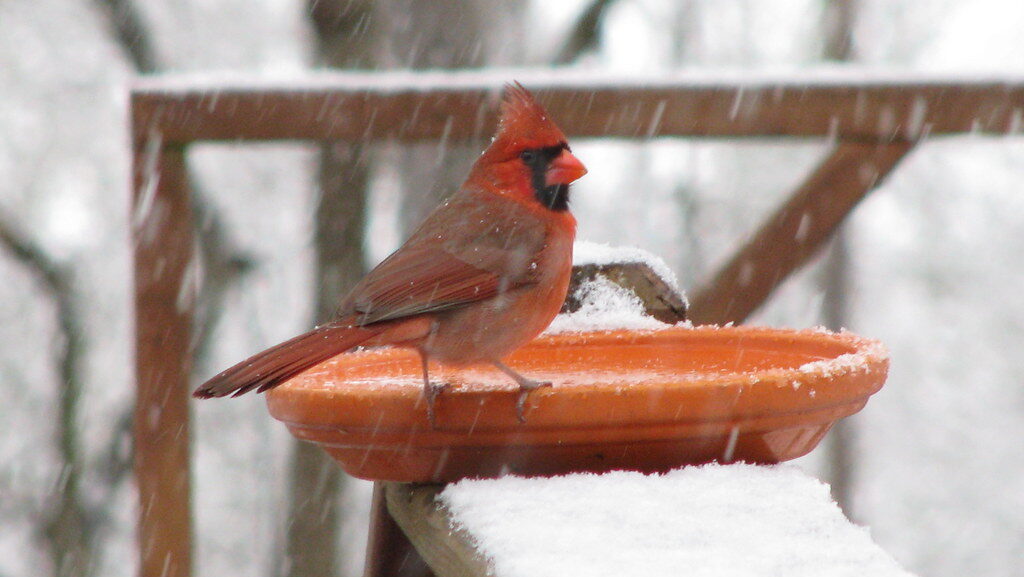
Water is perhaps the most reliable way to attract birds to your balcony, as all species need it for drinking and bathing regardless of their food preferences. Install a shallow bird bath with textured surfaces that provide secure footing and depths no greater than 1-2 inches at the deepest point. Consider heated bird baths for winter months in colder climates, as unfrozen water sources become especially valuable when natural water freezes. Adding a small solar fountain or water wiggler creates moving water that birds find particularly attractive and helps prevent mosquito breeding. Place water features where you can easily access them for daily cleaning and refilling, as stagnant water quickly becomes unhygienic and can spread avian diseases.
Creating Natural Shelter with Plants
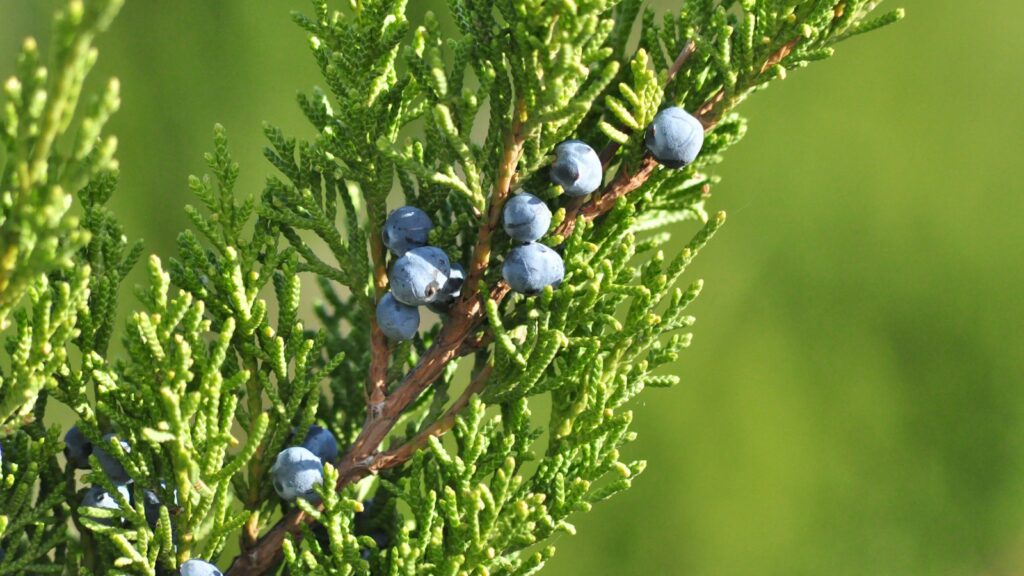
Strategic plant selection transforms your balcony into a miniature habitat that provides food, shelter, and nesting materials. Choose native plant species when possible, as they support local food webs and provide familiar resources for native birds. Consider a mix of flowering plants that attract insects (a protein source for many birds) and those that produce berries or seeds. Container-friendly shrubs like dwarf butterfly bushes, small junipers, or compact blueberry varieties provide protective cover where birds can rest safely or escape predators. Arrange plants of varying heights to create a layered effect that mimics natural habitats and makes birds feel secure. Remember to select plants appropriate for your balcony’s microclimate (sun exposure, wind conditions) and that can thrive in containers.
Adding Artificial Shelter Options
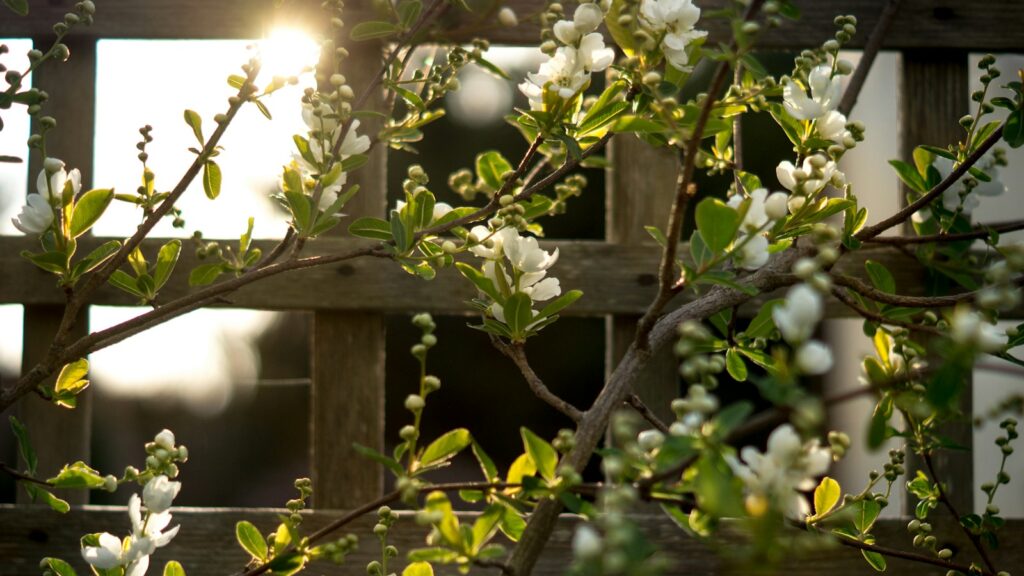
Supplement natural plant shelter with artificial options that provide immediate benefits while your plants mature. Roosting pockets made of natural fibers offer cozy retreats where small birds can shelter from harsh weather or predators. Small brush piles created from pruned branches and arranged in decorative containers provide additional hiding spots and perching options. Consider installing a simple trellis against a wall and growing climbing plants to create vertical shelter space that conserves precious floor area. For winter months, specially designed bird roost boxes with perches inside can provide critical overnight shelter when temperatures drop, potentially saving birds’ lives during extreme cold snaps.
Installing Nesting Opportunities
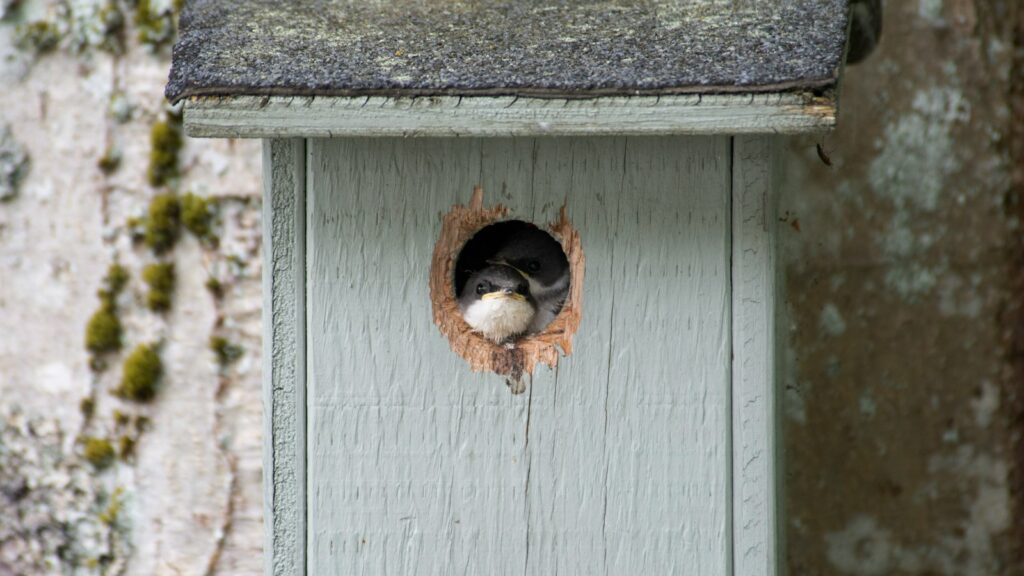
Encourage birds to breed in your balcony space by providing appropriate nesting sites tailored to local species. Research which birds in your area use nest boxes and install properly sized houses with correct entrance hole dimensions for those species. Supply nesting materials by filling mesh bags or small containers with natural fibers like undyed cotton, pet fur (without flea treatments), plant down, or small twigs. Position nest boxes at appropriate heights and orientations, typically facing away from prevailing winds and afternoon sun to prevent overheating. Some apartment dwellers successfully attract cavity-nesting birds like chickadees or wrens with properly placed nest boxes, while others may find their balconies better suited to species that build cup nests in sheltered plant locations.
Making Windows Bird-Safe
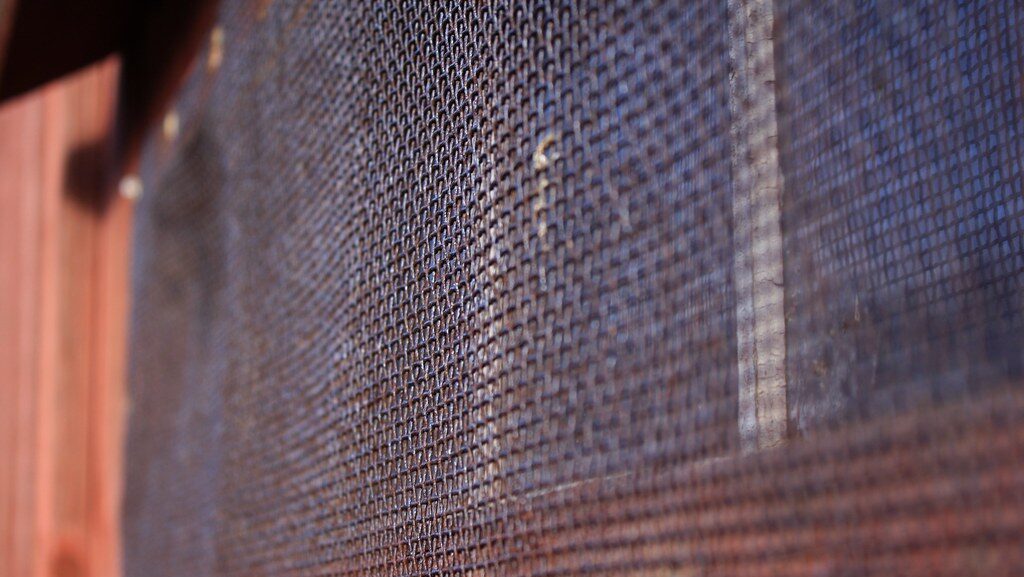
Window collisions kill millions of birds annually, making this an essential safety consideration for any bird-friendly balcony. Apply window decals, strips, or patterns that break up reflective surfaces and make glass visible to birds, ideally spacing visual markers no more than 2-4 inches apart. External screens, decorative window films, or partially closed blinds can also reduce window strike risks. Position bird feeders and baths either within three feet of windows (too close for birds to gain dangerous momentum) or more than ten feet away (allowing birds to recognize windows as barriers). For sliding glass doors leading to balconies, consider applying translucent decorative film that maintains your view while creating a visual barrier birds can detect.
Managing Balcony Cleanliness
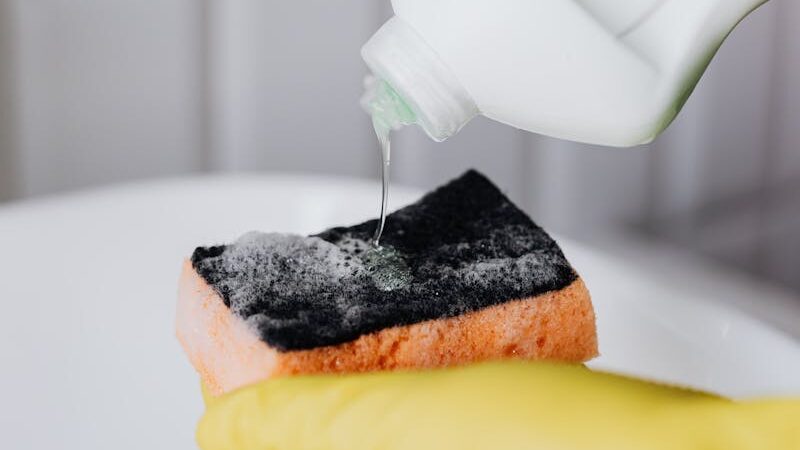
Regular maintenance prevents your bird-friendly balcony from becoming a nuisance to you or your neighbors. Install seed catchers beneath feeders to collect fallen seeds and hulls, preventing them from landing on balconies below yours. Establish a weekly cleaning routine for feeders and baths to prevent the spread of avian diseases, using a mild bleach solution (one part bleach to nine parts water) followed by thorough rinsing. Sweep or vacuum your balcony floor regularly to remove droppings and food debris that might attract unwanted pests like rodents. Consider placing a small outdoor rug or mat under feeding stations for easier cleanup, and keep a dedicated set of cleaning tools for your bird equipment separate from household items.
Deterring Unwanted Visitors
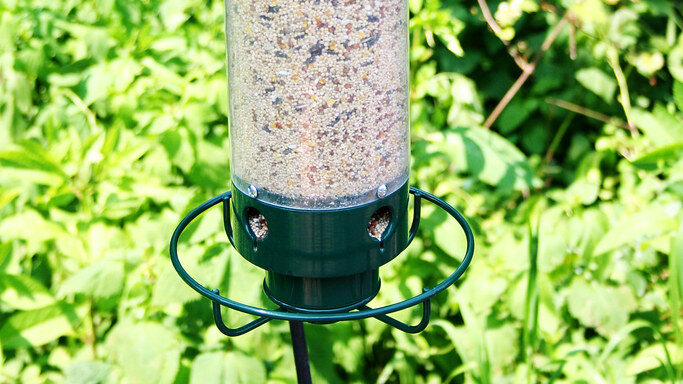
While attracting birds, you may need strategies to discourage less welcome wildlife. Squirrel-proof feeders with weight-activated closing mechanisms prevent these clever mammals from consuming bird food and creating excessive mess. Position feeders away from jumping points like railings or furniture that squirrels might use to access them. For problem pigeons or dominant bird species that overwhelm your space, consider specialized feeders designed to exclude larger birds while allowing smaller songbirds to feed. If balcony rails attract too many perching birds and their droppings, try applying bird spikes to certain sections to redirect traffic to more appropriate areas. Always use humane deterrents that won’t harm animals but simply encourage them to move elsewhere.
Creating a Bird-Watching Station
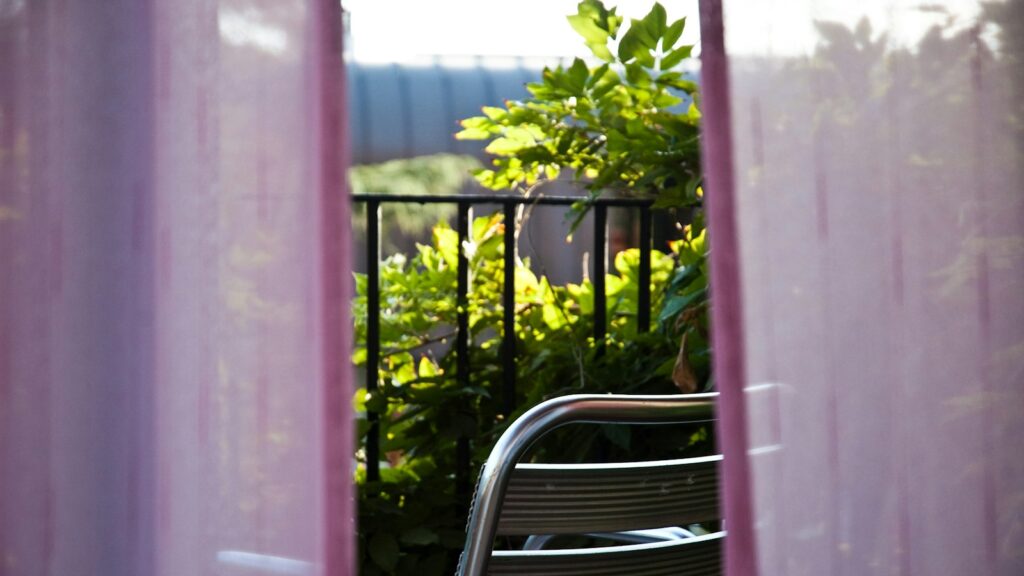
Enhance your enjoyment of balcony birds by creating a comfortable observation area for yourself. Position a compact, weather-resistant chair and small table where you can sit comfortably while observing your avian visitors without disturbing them. Keep a pair of binoculars and a field guide or bird identification app handy to help identify new species that visit your space. Consider mounting a small shelf on an exterior wall to hold a notebook for recording observations about bird behaviors, species identification, and seasonal patterns. A small, weatherproof storage container can house your bird-watching supplies while protecting them from the elements and keeping your balcony tidy when not in use.
Respecting Apartment Regulations

Maintain good relationships with neighbors and property management by ensuring your bird-friendly balcony complies with all rules. Review your lease agreement for any restrictions on hanging items from railings or ceilings, or limitations on planters and water features. Consider speaking with neighbors about your bird-friendly plans, addressing any concerns they might have about noise or mess, and perhaps even inspiring them to create their own bird spaces. Use non-damaging mounting methods like clamps, tension rods, or free-standing structures rather than drilling into building materials. If seed hulls or droppings falling to lower balconies become a concern, adjust feeder positions or types to minimize scatter, and maintain a rigorous cleaning schedule to demonstrate your commitment to being a considerate neighbor.
Seasonal Adjustments for Year-Round Appeal
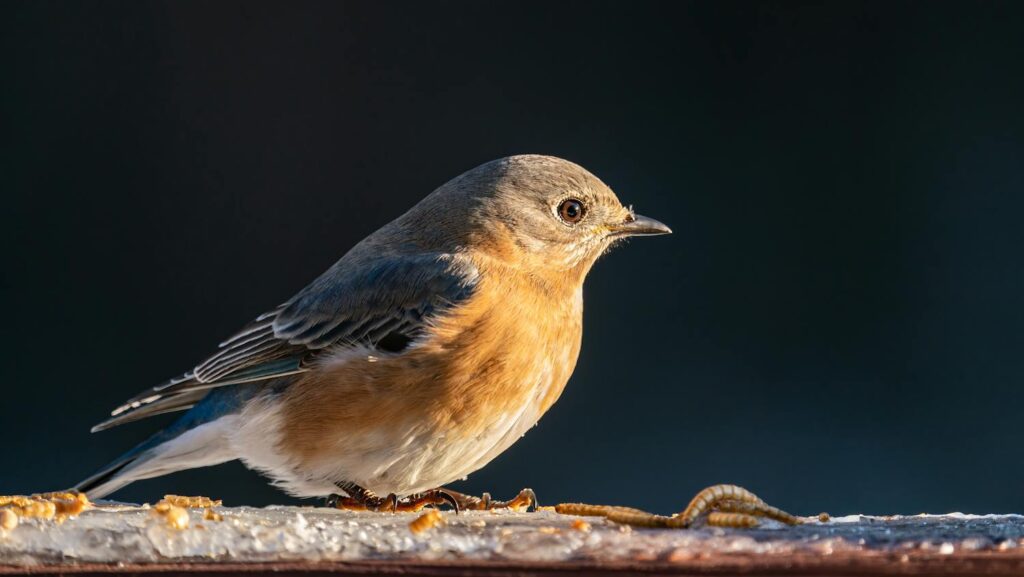
Adapt your bird-friendly balcony through the seasons to provide consistently valuable resources for resident and migratory species. During spring migration and nesting season, offer high-protein foods like mealworms and ensure nesting materials are available. Summer calls for reliable water sources during hot weather and continued seed offerings as birds raise their young. Fall migration periods require high-energy foods to fuel traveling birds, making suet, peanuts, and black oil sunflower seeds particularly valuable. Winter demands the most comprehensive support, with high-fat foods, unfrozen water sources, and protective shelter becoming potentially lifesaving resources when natural options are scarce. By adjusting your offerings seasonally, your balcony becomes a reliable resource birds come to depend on throughout the year.
Conclusion
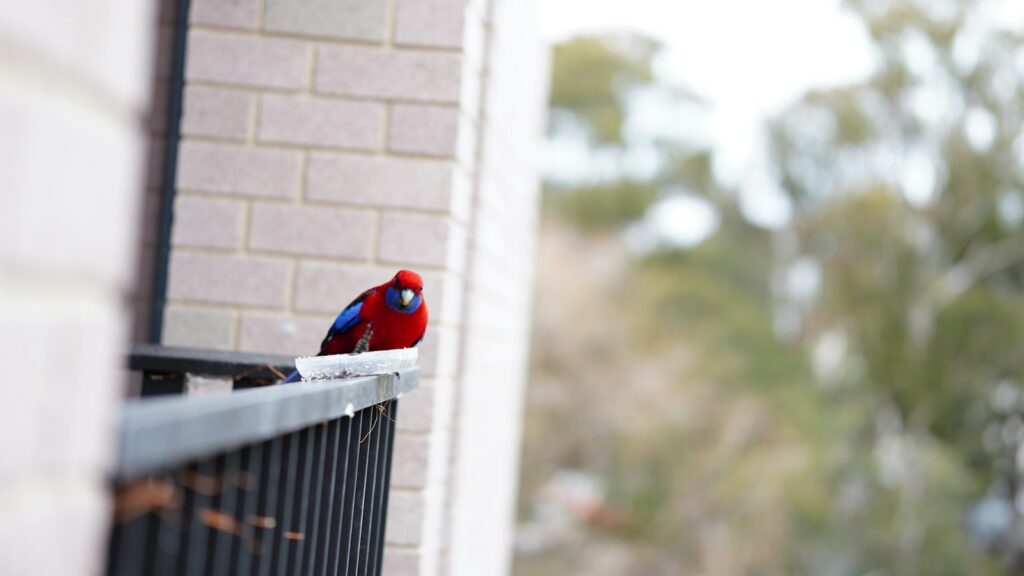
Creating a bird-friendly balcony is an ongoing relationship with nature rather than a one-time project. As you observe which features attract the most birds to your space, you’ll naturally refine your approach to better serve your feathered visitors. The rewards extend beyond the joy of birdwatching—you’ll be contributing to urban wildlife conservation while creating a more vibrant, living space for yourself. Even the smallest balcony can become a critical stepping stone in the urban landscape, helping birds navigate cities as they search for food, shelter, and nesting sites. With patience and attention to detail, your apartment balcony can evolve into a thriving microhabitat that connects you more deeply to the natural world just outside your door.
